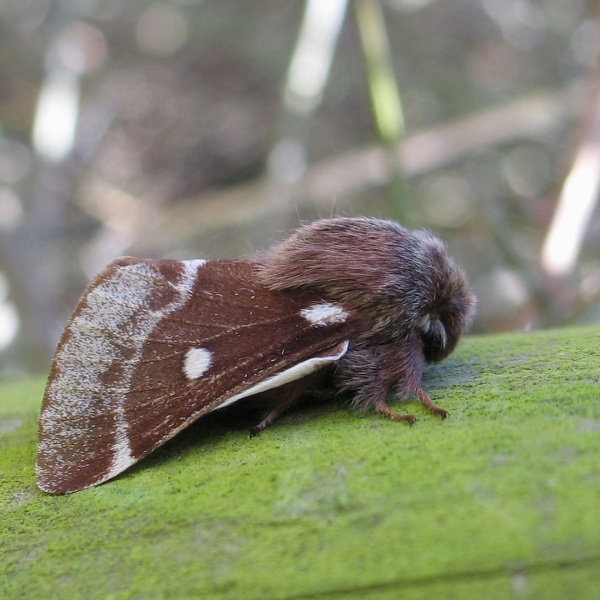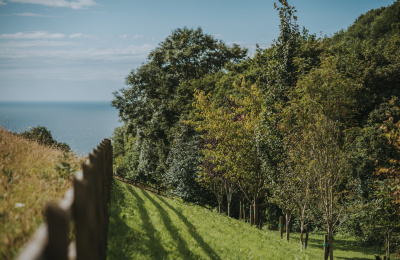Visitors and staff at our Sidmouth sanctuary may have spotted some strange ‘tent-shaped’ webs in the hedgerows around the site recently.
Improved hedge trimming practices have helped to create the perfect habitat for a rare species of moth larvae, the Small Eggar (Eriogaster lanestris), which is now considered nationally scarce.
Reasons for the species’ declining numbers include loss of habitat, frequent flailing of hedgerows and the repeated mowing of grass and vegetation adjacent to hedgerows, which is where the caterpillars pupate and spend the winter.
The moth, which happily co-exists alongside our resident herds, requires hawthorn and blackthorn for its larval (caterpillar) food plants. These two donkey-friendly species are often found in Devon hedgerows around the sanctuary.
The moths hatch as adults in February and March, during which time they breed, then lay their eggs on twigs and small branches in hedgerows. The larvae go through several stages before constructing their silken web ‘tent’, which is then home to dozens, sometimes hundreds, of dark brown caterpillars, that go out in large groups to feed on hedgerow leaves. This type of gregarious lifestyle is unusual in moths.
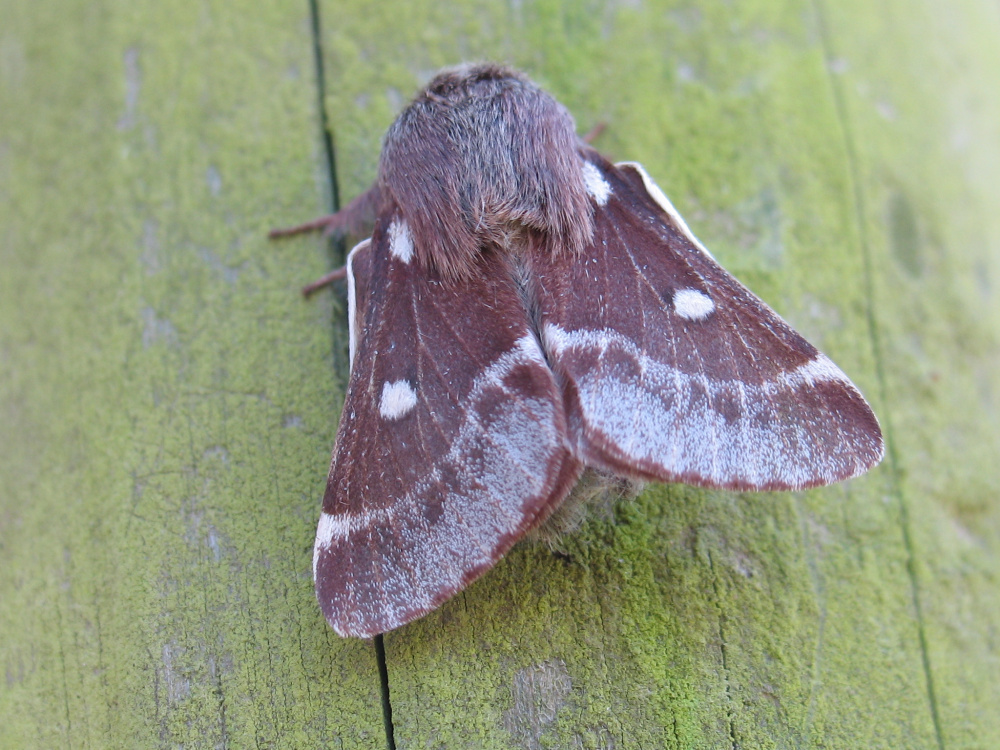
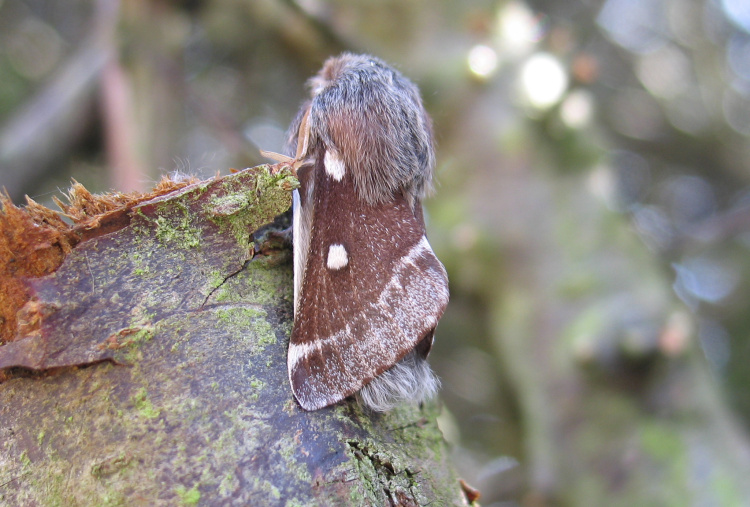
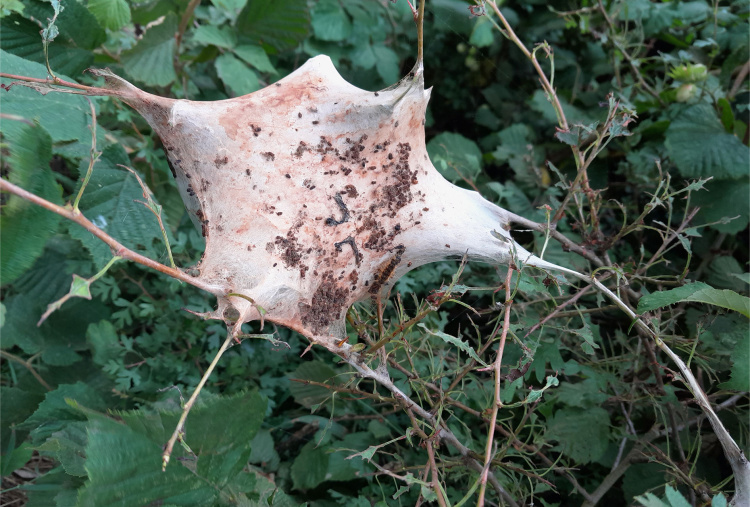
The larvae enter their pupal stage in July by making themselves cocoons in moss, grass or shrubby vegetation near to the hedgerow. They may spend several years in their pupal state, before emerging as adult moths in the early spring.
Craig Dunton, one of our Ecology and Conservation officers, said: "Sensitive hedgerow management is vital for enhancing biodiversity because of the food, shelter and connectivity they offer to a wide range of species.
“At the sanctuary, we are reducing the frequency of hedge trimming to encourage more flowering and fruiting, and to allow the eggs of moths and butterflies, which are laid on the ends of twigs, to hatch.”
Moths are a crucial species in the ecosystem. They are not just part of the food chain, both in their larval and adult stage, but are important pollinators too. They also act as ‘indicator’ species – which means that a decline in their numbers can indicate a decline in the health of the local environment.
The discovery of the scarce moth proves what wonderful biodiversity can be found in and around the sanctuary, and demonstrates the importance of managing our hedgerows, grasslands and walkways sensitively.
Craig continued: “Hedgerow restoration such as hedge laying, coppicing and planting are carried out across our sanctuary sites by our conservation team and wonderful volunteers.
“Not only does this improve hedgerow health and support wildlife, but also offers great enrichment and browsing opportunities for our donkeys."
